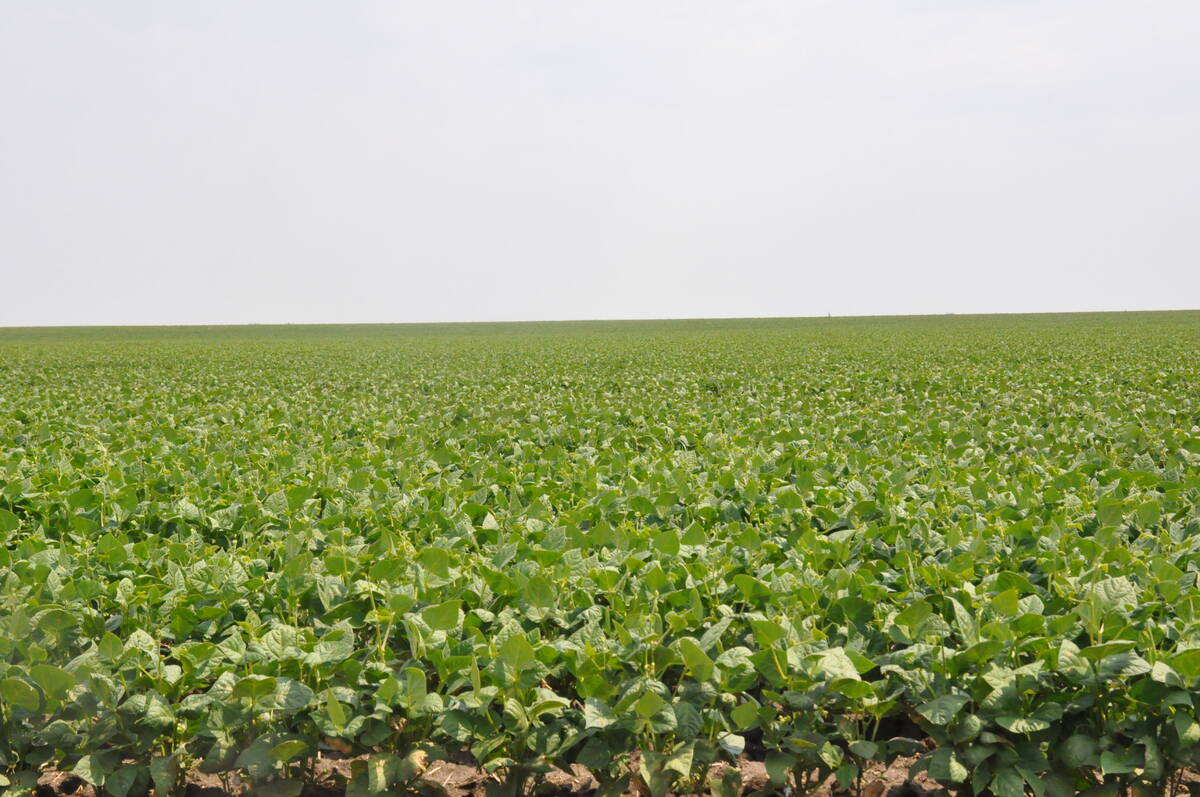ACME, Alta. – John Moore’s spring day starts at 5:30 a.m. bottle feeding two calves and forking hay to the bulls and horses as meadowlarks sing into the prairie breeze.
His pregnant wife, Lori Might, joins him later to feed the breeding heifers on a mixed farm in south-central Alberta that was homesteaded by Moore’s great-grandparents in 1904.
It is this essence of country living that the couple wants to share with others through Pure Prairie Ornamental Grasses, a potpourri of seeds like millet and wheat bound for dressing up gardens.
Read Also

Coloured bean production down, whites are up
Bean prices have been slumping and the outlook is for more of the same.
“These seeds are a way to connect to all of that as well as growing some really neat plants,” said Moore.
“I’m just trying to market the feeling of the wide open prairie,” he said.
They got the idea for the seed enterprise after seeing these plants growing by accident in a Devon, Alta., garden and as an accent in floral bouquets.
“We are marketing the beauty of the grain instead of the food use of it,” Moore said.
Three dry years and high feed prices, further compounded by the BSE outbreak in Alberta, drove the Moores to consider farm diversification options.
“It’s the silver lining in the BSE cloud that forced our hand to do something,” said Moore.
“It pushed us to diversify and try out some different ideas,” added Lori.
They grow canola, wheat, barley and oats and maintain a cow-calf herd of about 160 head.
Agribusiness advisers recently recommended they double their land base from the current 800 acres at Acme and 800 rented acres at Alder Flats.
But a lack of affordable, quality pastureland in the district means the herd spends its summers a three hour drive north. The couple makes a weekly trip to check on them.
Instead of adding land, the couple chose a farm-based option that did not require a large capital investment.
They worked with Olds College on the types of seeds that would be suitable for garden scapes and hired a designer to create packaging for the seeds.
Each $6 package of seeds yields three different varieties. For example one has safflower, oat grass and canaryseed, another flax, starburst millet and black bearded wheat and a third sudan grass, copper wheat and golden foxtail millet. Next year, they will add different varieties.
Only a few bushels are needed so Moore buys clean, registered seed from a local seed grower.
The couple started marketing the seeds at trade shows and in gardening centres this year and through a website at www.williammoorefarms.ca.
They promote the grasses’ use beyond the growing season in dried flower arrangements.
Might said the plants are drought tolerant and low maintenance.
“We know they’re hardy,” she said of the plants that grow so readily on the Prairies.
By May they had sold 4,000 packages of seeds and were hoping to increase that to 200,000 a year. They are incorporating many of their seeds into their own farmyard landscaping to showcase how and where they can be used.
The business is intended to help them tackle their debt load, while allowing them to remain on the family farm.
Farming is not Moore’s choice of occupation for his three children, who live with his first wife in High River.
“Get a job, get a career, as this is grief,” he said, matter-of-factly. “I find it quite discouraging.”
Yet neither Moore nor Might want government aid to fix what ails farming today.
“It just postpones the sale of the farm,” said Moore. “It doesn’t fix the problem.”
They prefer to see support for incentives for diversification and increased Canadian meat packing capacity.
Moore also suggested taking some acres out of crop production and putting them into non-food products like hemp for pulp and paper or biodiesel.
The couple said selling their farm is a last resort and know they would never be able to get it back again once gone. To sustain the farm, they work on a number of enterprises from making toolboxes for trucks to building houses.
The pair are proficient house builders and interior designers, and they recently built a barn home for neighbours and refurbished Moore’s grandfather’s house with old barn timbers. The home was originally built as a granary in 1925.
“My goal is to stay home, raise cows and not have to run around the country,” said Moore.














